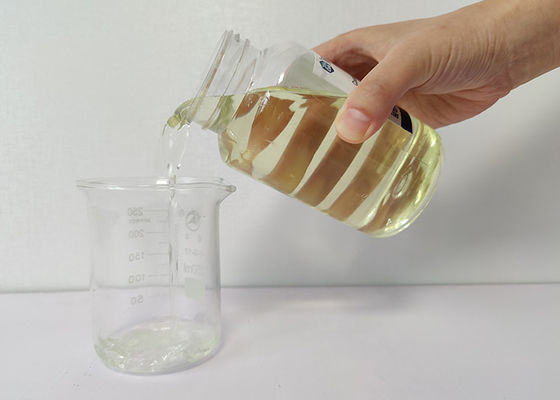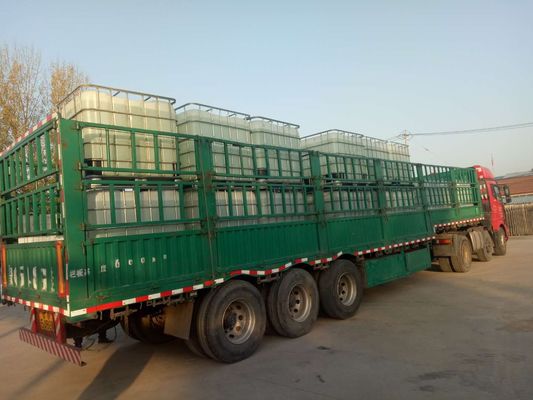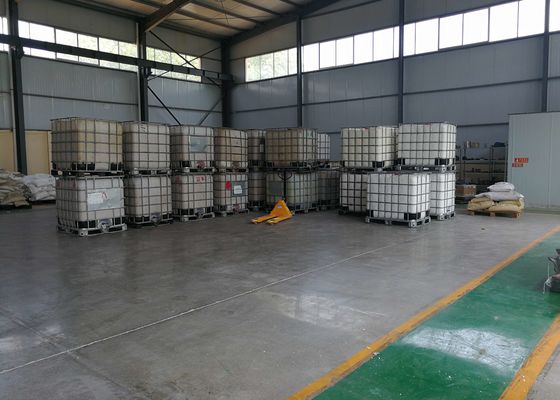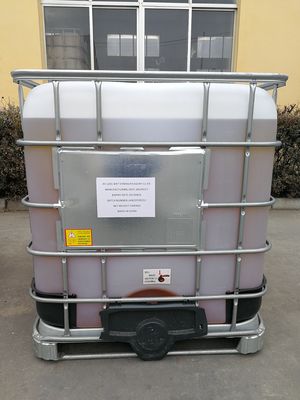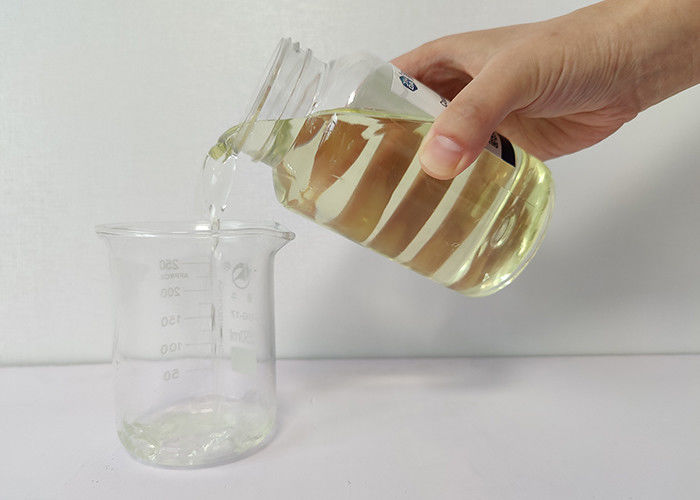Wet Strength Agents Are Indispensable Functional Additives In Modern Papermaking
Product Details:
| Place of Origin: | SHANDONG PROVINCE, CHINA |
| Brand Name: | JHDA |
| Certification: | ISO9001;ISO14001 |
| Model Number: | JH-1201 |
Payment & Shipping Terms:
| Minimum Order Quantity: | 1MT |
|---|---|
| Price: | USD500-700/MT |
| Packaging Details: | 200L drums, 1000L IBC drums or Flexitank bag |
| Delivery Time: | 5-8 working days |
| Payment Terms: | L/C, D/P, T/T, Western Union |
| Supply Ability: | 6000TONS/M |
|
Detail Information |
|||
| Appearance: | Light Yellow Transparent Liquid | Application: | Strength Agent |
|---|---|---|---|
| Purity: | Solid Content12.5% | Keywords: | WSR |
| Grade: | Paper Processing Chemicals | Color: | Amber Liquid |
| PackAge: | 200L Drum Or 1000L Drum | Name: | Wet Strength Agent |
| Highlight: | Wet Strength Resins For Hankies,Cas 68583-79-9 Wet Strength Resins,WSR 12.5% |
||
Product Description
High Efficiency WSR/ Wet Strength Resins Used For Toilet Paper, Hankies
Wet Strength Agent(JH-1201)
Wet strength agents are specialized chemical additives used predominantly in the paper industry to significantly enhance the strength properties of paper and paper products when they are wet. This is crucial for applications where paper must maintain its integrity and functionality upon exposure to moisture.
1.1 Wet strength agents are typically synthetic resins.
Polyamide Epichlorohydrin Resin (PAE/PPE): This is a water-soluble, cationic, thermosetting resin. It's highly efficient for neutral papermaking, non-toxic, and doesn't release free formaldehyde, making it suitable for food packaging and medical applications. It's one of the most promising varieties due to its wide pH applicability (4-11) and ability to make paper soft.
1.2. Mechanism of Action
The high-density positive charges on the wet strength agent molecules interact with the negative charges on the fiber surfaces. During the drying process of papermaking, active reactive groups (like epoxy groups) on the agent form stable chemical bonds with the hydroxyl groups (-OH) on the fibers.
This creates a bridging effect and a networking interaction between fiber bundles, effectively resisting the破坏 (damage/destruction) caused by water molecules. This drastically improves the paper's wet strength (and often dry strength as well) without making the paper hard or brittle .
1.3. Key Properties and Characteristics
Appearance: Typically a pale yellow to amber viscous transparent liquid.
Solid Content: Usually around 12.5% .
Ionic Type: Cationic.
pH Value: Generally between 3-7, with many products suited for neutral or alkaline papermaking conditions.
Safety & Storage: Non-flammable, non-explosive, non-corrosive, and often non-toxic. The typical shelf life is about 6 months, and storage is recommended between 5-30°C, protected from direct sunlight and high temperatures .
1.4. Primary Functions and Uses
Beyond imparting wet strength, these agents often serve multiple roles:
Enhanced Dry Strength: Can increase dry strength by up to 20% or more .
Retention and Drainage Aids: Improve the retention of fine fibers, fillers, and other additives in the paper sheet, and enhance drainage during the papermaking process, increasing production speed.
Improved Sizing: Can act as a synergist for neutral sizing agents.
Applications: Widely used in a vast array of paper products, including but not limited to:
Paper Type Typical Dosage (%, on dry pulp)
Food Packaging Paper 1.5% - 2.5%
Filter Paper, Tea Bag Paper 3.0% - 5.0%
Tissue Paper, Napkins 0.5% - 0.8%
Sanitary Paper (e.g., toilet paper) 0.5% - 1.0%
Decorative Base Paper, Photo Base Paper 1.5% - 5.0%
Liquid Packaging Paper, Fruit Bag Paper 3.5% - 5.0%
Corrugated Cardboard, Cold Storage Packaging 1.5% - 3.0%
Moulded Pulp Packaging 0.6% - 1.5%
1.5. Usage Method
Dilution: Typically diluted with 10-20 times cold water before addition .
Addition Point: Usually added evenly to the stock tank or continuously to the high-level tank. The optimal point is often near the flowbox to ensure sufficient mixing without being subjected to excessive shear force .
pH Adjustment: For some agents, pH might need to be adjusted to neutral before use, especially in alkaline systems, though this is unnecessary for acidic papermaking.
Compatibility: Being cationic, they should generally avoid direct mixing with anionic substances (like some dyes or gums) unless compatibility is confirmed. They can be used alongside rosin sizing and aluminum sulfate.
Synergy: Combining PAE with anionic dry strength agents can yield better enhancement results and reduce the usage amount of both due to mutual retention effects.
1.6. Packaging, Storage, and Safety
Packaging: Commonly packaged in plastic drums of 50kg, 200kg, or 1000kg.
Storage: Should be stored in a cool, ventilated place away from direct sunlight and high temperatures (recommended 5-30°C). Avoid contact with strong acids. Frozen product should be thawed gently and stirred thoroughly before use, which typically does not affect its efficacy.
2.Main Spec:
| Appearance | light yellow transparent liquid |
| Ionic type | cationic |
| Solid content | 12.5%±0.5% |
| PH | 3-5 |
| Viscosity(25℃) | ):≤300mpa.s |
![]()
![]()
![]()



